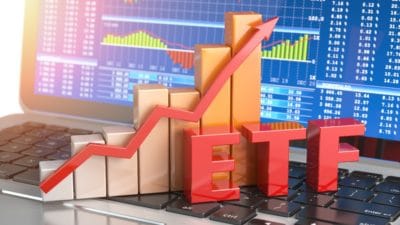Last week, the Globe and Mail ran an article arguing that the Canada Pension Plan (CPP) wasted $46 billion worth of taxpayer money on underperforming investments. The author argued that, because the CPP board achieved a 7.7% compounded annual (CAGR) return, 0.1% below its benchmark, it underperformed.
To make matters worse, the board spent $3.5 billion on hedge fund fees and increased its staff from 160 to more than 2,000, paying them $500,000 on average. It would appear the author found proof that the CPP Board enriched itself at taxpayers’ expense! On close inspection, however, that turns out not to have been the case.
The CPP board’s benchmark
First of all, the CPP board’s benchmark portfolio — the portfolio it tried to beat — was not a ‘standard’ benchmark like the TSX Composite Index. It was a benchmark the CPP board came up with itself, which performed better than the TSX Composite Index.
When the CPP board shifted from passive management to active management in 2006, the iShares S&P/TSX Capped Composite Index Fund (TSX:XIC) traded for about $18. It trades for $36 today. It paid $12 in dividends along the way. If we count those dividends as part of the ending amount, then we get a CAGR return of 5.5% annualized. The CPP Board’s 7.7% return beats that by 2.2% per year.
“But isn’t the CPP a global portfolio?”
An obvious counterpoint to my argument above is the fact that the CPP board isn’t limited to Canadian stocks. It can and does invest globally. When we look at the data for global stocks, however, we see that my argument is not much diminished by this fact. The service Curvo dot eu reports that the MSCI All-World Index achieved a 8.6% CAGR return over the last 20 years. That’s a bit ahead of the CPP board, but remember that foreign countries charge withholding taxes: the CPP board would not have actually earned that 8.6% in practice. A typical 15% withholding tax would have reduced the after-tax return to $8.5% by my estimates.
Now, pensions have to have a certain amount of their money in bonds. They have recurring payouts to policyholders, so they can’t have 100% of their money in stocks: a 1929-style scenario would wreck a pension fund’s solvency. Bonds paid next to nothing for most of the last 18 years. They started offering some yield in 2022, but for the most part they’ve paid less than 1%. The average has been around 2.5%.
That doesn’t mean that the CPP board was wrong to have held bonds: pensions need bonds and hedges to reduce volatility. If the CPP Board’s 15% bond weighting is about right, then a benchmark of 85% global stocks and 15% U.S. treasuries would have given about a 7.2% CAGR return. This puts the CPP Board ahead by a 0.5% CAGR, or 32% cumulatively!
Foolish takeaway
As I have shown, the CPP Board has performed pretty well. This isn’t to say that the $3.5 billion/year in hedge fund fees or $500,000 average salaries are justifiable, just that the CPP portfolio has performed well after you subtract all of the aforementioned.
I do not say this to disparage index funds. I own a TSX fund similar to XIC in my own portfolio, and I’m glad that I have it. XIC has a rock-bottom 0.06% management fee, an ultra-diversified 240 stock portfolio, a 2.8% dividend yield, and excellent liquidity. It owns some of the nation’s best companies and has achieved adequate returns with relatively little volatility. For most investors, it’s a great index fund to hold.
But that doesn’t mean that the CPP Board should run out and put all of its money in XIC or even the mighty MSCI All-World Index. It’s a pension fund with recurring expenses: it can’t afford to go 100% equities. The volatility in a worst-case scenario with such a strategy (e.g., 1929 or 2008) would wreck its ability to pay pensioners.







